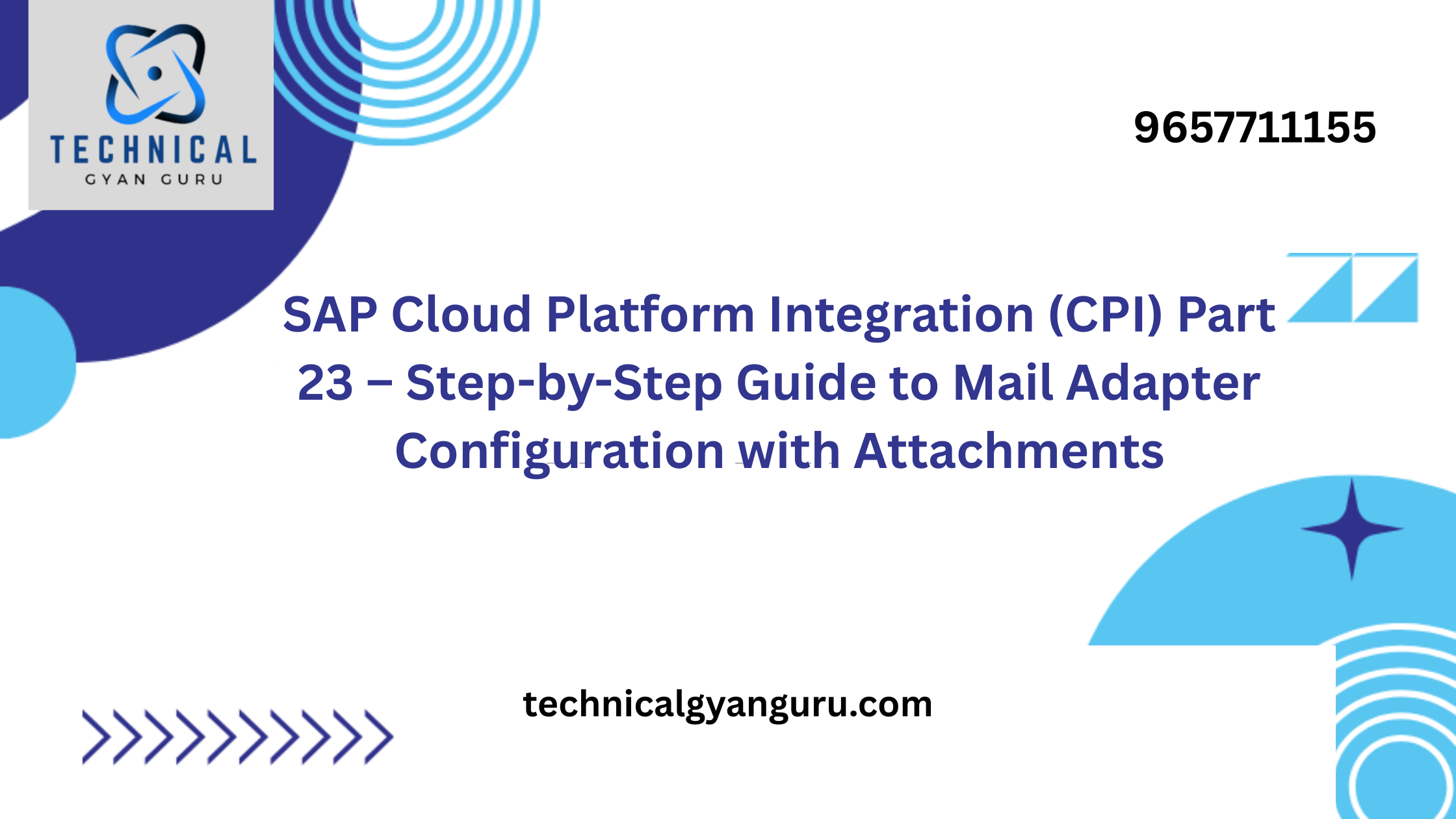Introduction: SDLC
SDLC: In the ever-evolving realm of software development, the Software Development Life Cycle (SDLC) has stood the test of time as a foundational framework. Despite the continuous evolution of technologies, methodologies, and development practices, SDLC remains a cornerstone in the creation of robust, scalable, and high-quality software applications. In this blog post, we’ll explore why SDLC has maintained its popularity and relevance, continuing to be a guiding force in the software development landscape.
1. Structured Approach to Development:
Phases and Activities:
SDLC provides a structured and systematic approach to software development, breaking down the entire process into well-defined phases and activities. From initial planning and requirements gathering to testing and maintenance, each phase in SDLC contributes to the overall success of the project.
Clear Milestones:
SDLC introduces clear milestones and deliverables at the end of each phase. This ensures that progress can be tracked, evaluated, and communicated effectively to stakeholders, promoting transparency and accountability throughout the development cycle.
2. Quality Assurance and Testing:
Thorough Testing Processes:
SDLC emphasizes the importance of quality assurance and testing at various stages of development. This approach ensures that defects are identified and addressed early in the process, reducing the likelihood of issues surfacing in the later stages or post-deployment.
Reliable and Stable Software:
By incorporating testing into each phase, SDLC contributes to the creation of reliable and stable software products. Rigorous testing minimizes the risk of bugs, enhances user experience, and builds trust in the functionality and performance of the application.
3. Risk Management:
Proactive Identification and Mitigation:
SDLC encourages a proactive approach to risk management. By identifying potential risks early in the development process, teams can implement strategies to mitigate these risks, ensuring smoother project execution and reducing the likelihood of unexpected challenges.
Contingency Planning:
SDLC incorporates contingency planning as part of risk management. This allows teams to be prepared for unforeseen circumstances, ensuring that projects can adapt to changes, disruptions, or evolving requirements without compromising on quality or timelines.
4. Collaboration and Communication:
Stakeholder Involvement:
SDLC emphasizes the involvement of stakeholders throughout the development life cycle. Regular communication and collaboration between developers, project managers, and end-users foster a shared understanding of project goals, requirements, and expectations.
Reduced Miscommunication:
By promoting clear documentation and communication, SDLC helps reduce miscommunication and misunderstandings among team members. This is particularly crucial in distributed or cross-functional teams where effective communication is paramount.
5. Scalability and Flexibility:
Adaptability to Project Size:
SDLC is scalable and can be adapted to projects of various sizes and complexities. Whether it’s a small-scale application or a large enterprise project, the principles of SDLC can be tailored to suit the specific needs and scale of the development effort.
Integration with Agile Practices:
While SDLC provides a structured approach, it can also be seamlessly integrated with agile practices. Many organizations adopt a hybrid approach, combining the structure of SDLC with the flexibility and iterative nature of agile methodologies, providing the best of both worlds.
Conclusion:
The enduring popularity of SDLC in software development can be attributed to its timeless principles, adaptability, and effectiveness in ensuring the delivery of high-quality software. As technology continues to advance and development methodologies evolve, SDLC remains a guiding framework that not only provides a structured approach to development but also fosters collaboration, risk management, and continuous improvement. Its ability to integrate with modern practices and technologies ensures that SDLC will continue to be a cornerstone in the creation of successful and reliable software applications for years to come.







